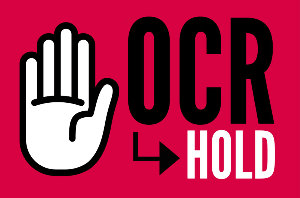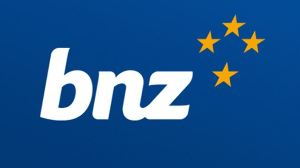
The Monetary Policy Committee agreed to provide additional monetary stimulus to the economy in order to meet its consumer price inflation and employment remit. The Committee agreed that the additional stimulus would be provided through a Funding for Lending Programme (FLP), commencing in December. The FLP will reduce banks’ funding costs and lower interest rates.
The Committee will also continue with the Large Scale Asset Purchase (LSAP) Programme up to $100 billion, and retain the Official Cash Rate (OCR) at 0.25 percent in accordance with the guidance issued on 16 March.
Progress has been made on the Bank’s operational ability to deploy an FLP and a negative OCR. The Committee agreed that these instruments can be mutually supportive in bolstering economic activity if necessary.
Economic activity since the August Monetary Policy Statement, both international and domestic, has proved more resilient than earlier assumed. In New Zealand this trend was evident across a range of indicators, including employment, household spending, GDP, and asset prices. These outcomes reflect the effectiveness of the health and economic policy responses to the initial shock.
However, the COVID-19 shock to the economy is very large and persistent, and inflation and employment will remain below the remit targets for a prolonged period. These outcomes are despite the current significant fiscal and monetary stimulus.
The outlook for global economic activity remains dependent on the containment of the virus. While recent news on vaccine developments is positive, there remains a long and uncertain lag before any widespread vaccine deployment may be achieved. Meanwhile international border restrictions will continue to curtail international trade and migration, with variable impacts across industries and regions. International prices for New Zealand’s exports have remained resilient, although export returns continue to be partly offset by the New Zealand dollar exchange rate.
Domestically, fiscal stimulus remains significant even with the Wage Subsidy scheme having now run its course. Government spending on business assistance and household income support continues, and government investment will rise.
However, we expect an ongoing increase in unemployment as the economy adjusts. Consumer price inflation is also projected to remain at the lower-end of the remit target range for a period, and inflation expectations remain subdued.
The Committee agreed that monetary policy will need to remain stimulatory for a long time to meet the consumer price inflation and employment remit, and that it must remain prepared to provide additional support if necessary.



Comments
No comments yet.
Sign In to add your comment